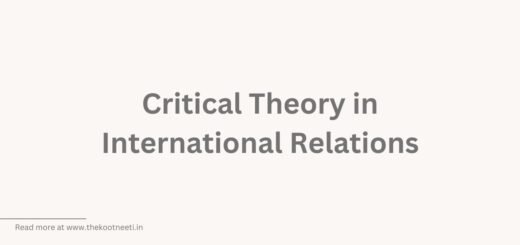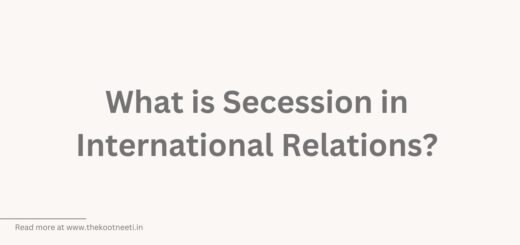Managed Trade: Definition, Examples, Pros and Cons

Managed trade refers to a type of international trade policy in which the government plays an active role in regulating and shaping the terms of trade with other countries. Managed trade policies may include measures such as tariffs, quotas, and other trade barriers, as well as negotiations with other countries to set specific terms for trade.
Managed trade policies are often used as a way for governments to protect domestic industries and to promote the interests of domestic producers. They can also be used to achieve specific goals, such as to promote economic development or to address trade imbalances.
Managed trade policies have been controversial in international relations, as they can potentially lead to trade conflicts and disputes with other countries, and can be seen as protectionist or as a violation of free trade principles. However, they can also be seen as a way for governments to address specific economic and trade issues and to promote the interests of their domestic industries.
Examples of Managed Trade
Managed trade policies are often used to achieve specific economic or political goals, such as protecting domestic industries or promoting economic development.
There are a number of examples of managed trade policies. Some common examples include:
- Tariffs: A tariff is a tax on imported goods, and it is a common form of managed trade policy. Tariffs can be used to protect domestic industries by making imported goods more expensive, thus making them less competitive.
- Quotas: A quota is a limit on the amount of a particular good that can be imported into a country. Quotas are often used to protect domestic industries by limiting the amount of competition they face from foreign producers.
- Subsidies: Subsidies are financial assistance provided by the government to domestic industries, and they are often used as a form of managed trade policy. Subsidies can help to make domestic industries more competitive by lowering their costs and helping them to better compete with foreign producers.
- Trade agreements: Trade agreements are agreements between two or more countries that regulate the flow of goods and services between them. Trade agreements can be used to manage trade by setting rules and regulations for trade and establishing market access for specific industries.
Managed trade policies are used to achieve specific economic or political goals by regulating and controlling the flow of goods and services between countries.
Here are some pros and cons of managed trade:
Pros:
- Managed trade can help to protect domestic industries from foreign competition and stimulate economic growth.
- It can be used to promote economic development in developing countries by providing them with access to markets and technology.
- It can be used to address trade imbalances and ensure that trade is more equitable.
Cons:
- Managed trade can lead to protectionist policies, such as tariffs and quotas, which can raise the cost of goods for consumers and lead to trade conflicts with other countries.
- It can discourage innovation and efficiency by protecting domestic industries from competition.
- It can be difficult to negotiate and implement managed trade agreements, as they require a high degree of cooperation and coordination between countries.
- It can create economic imbalances and distort the international trade system.


















